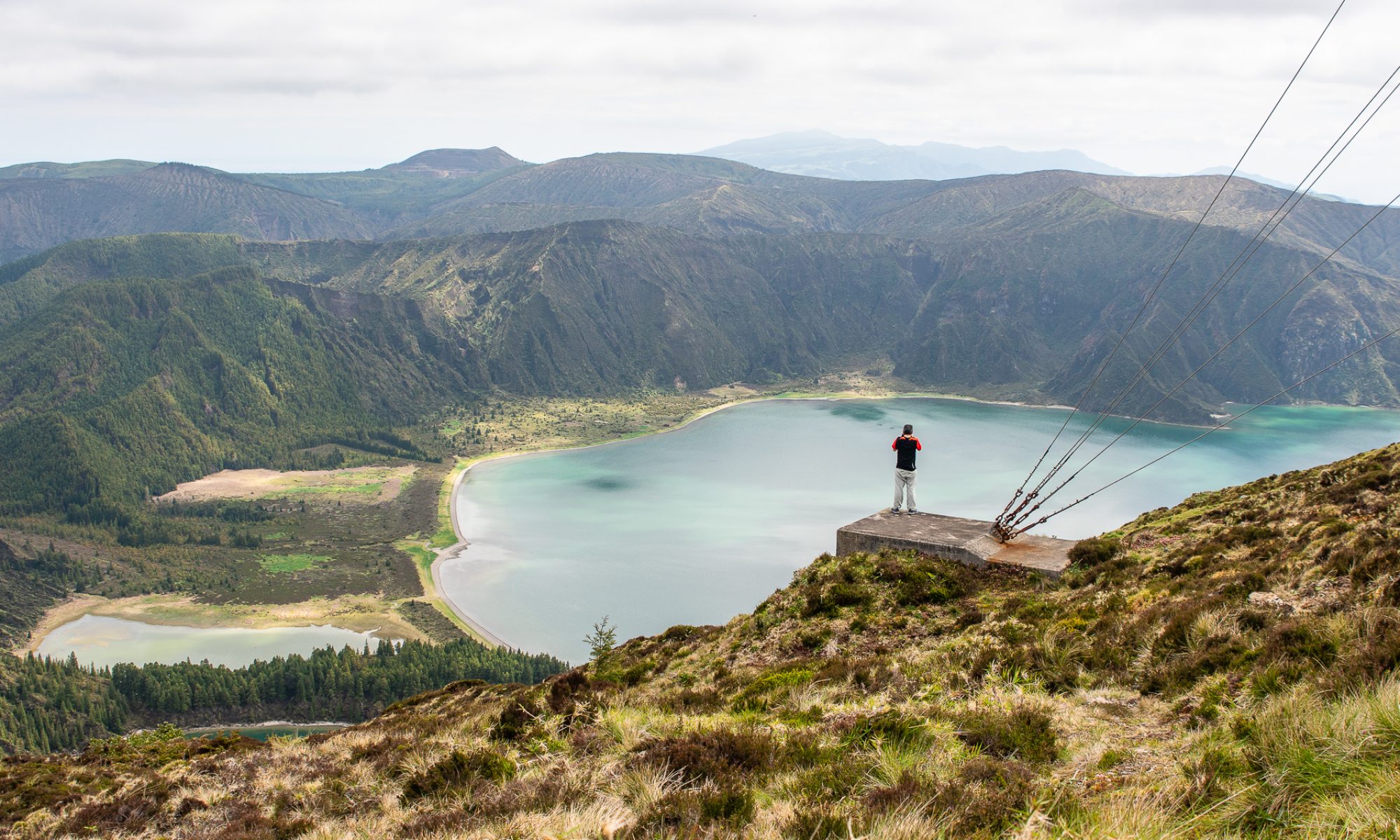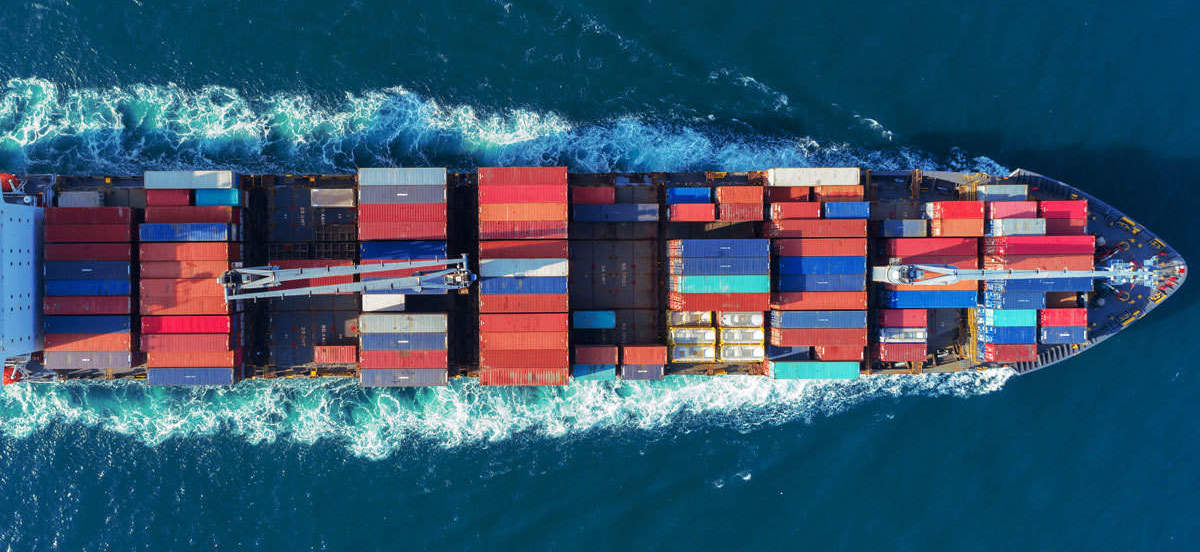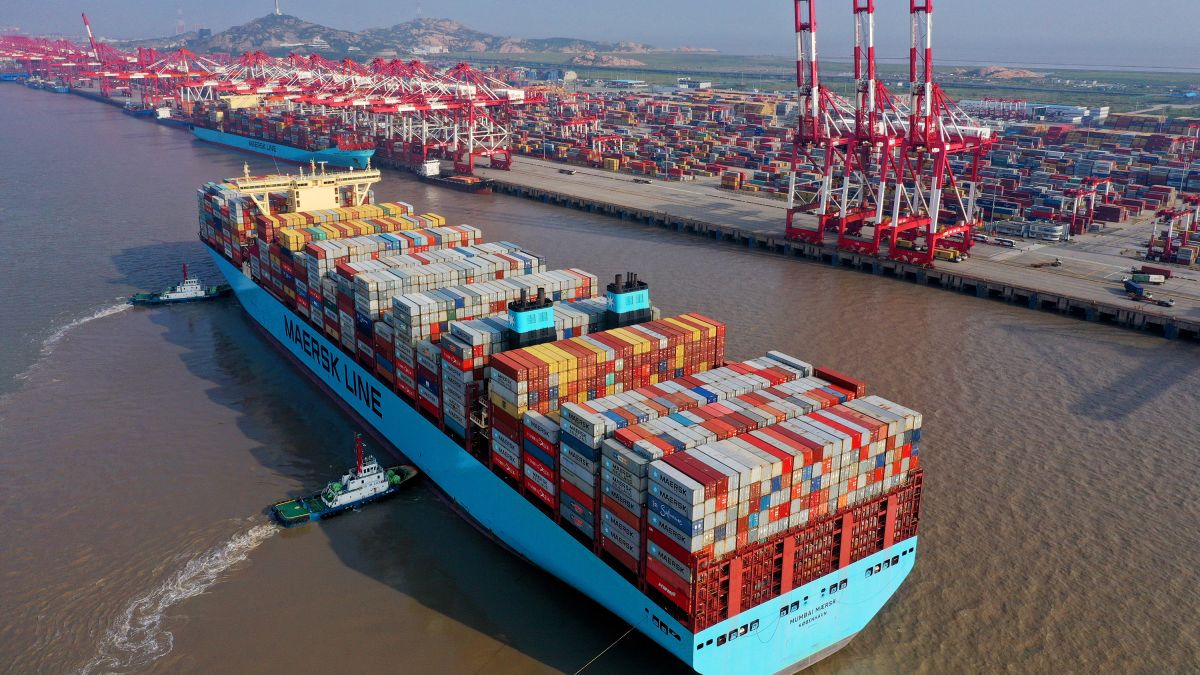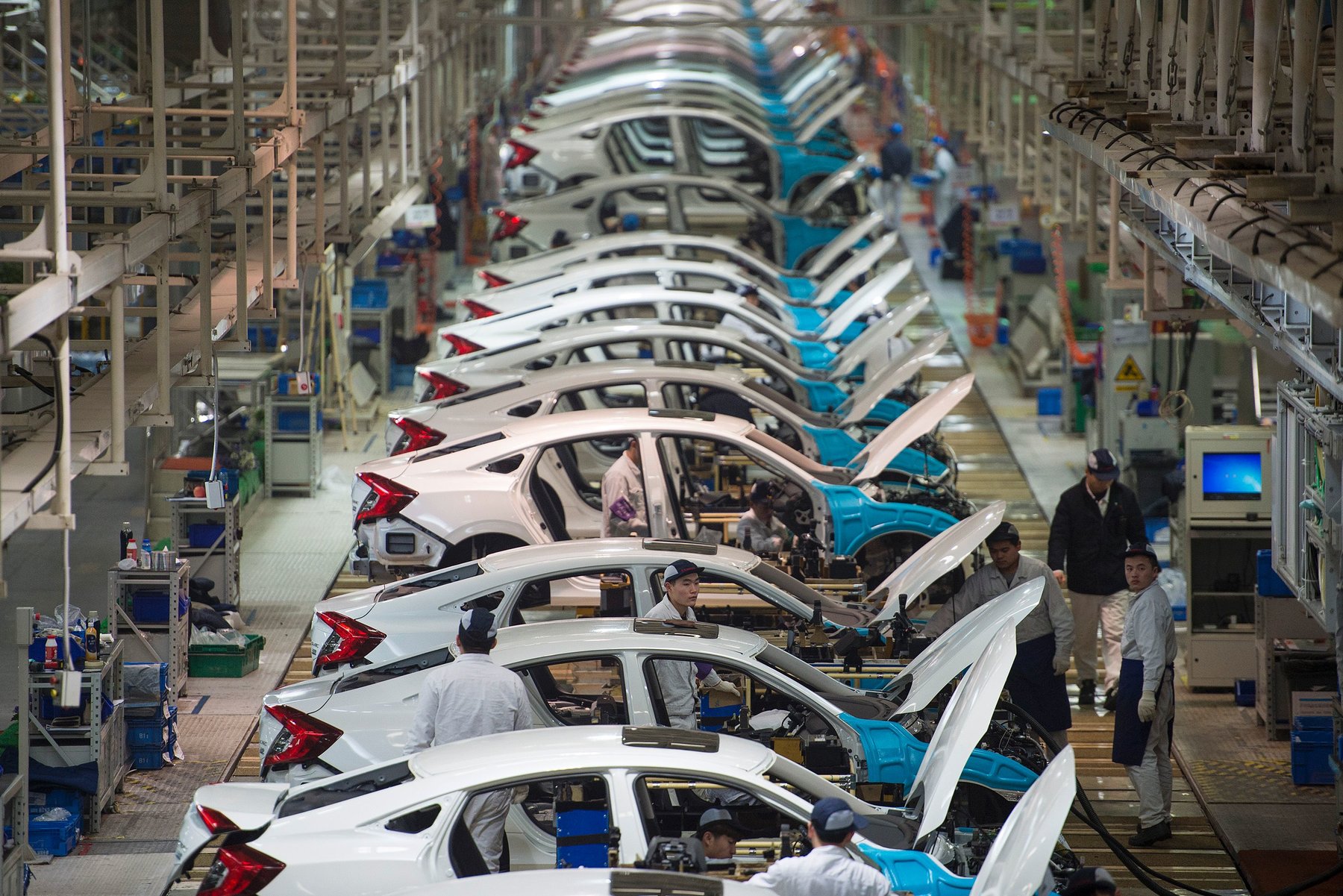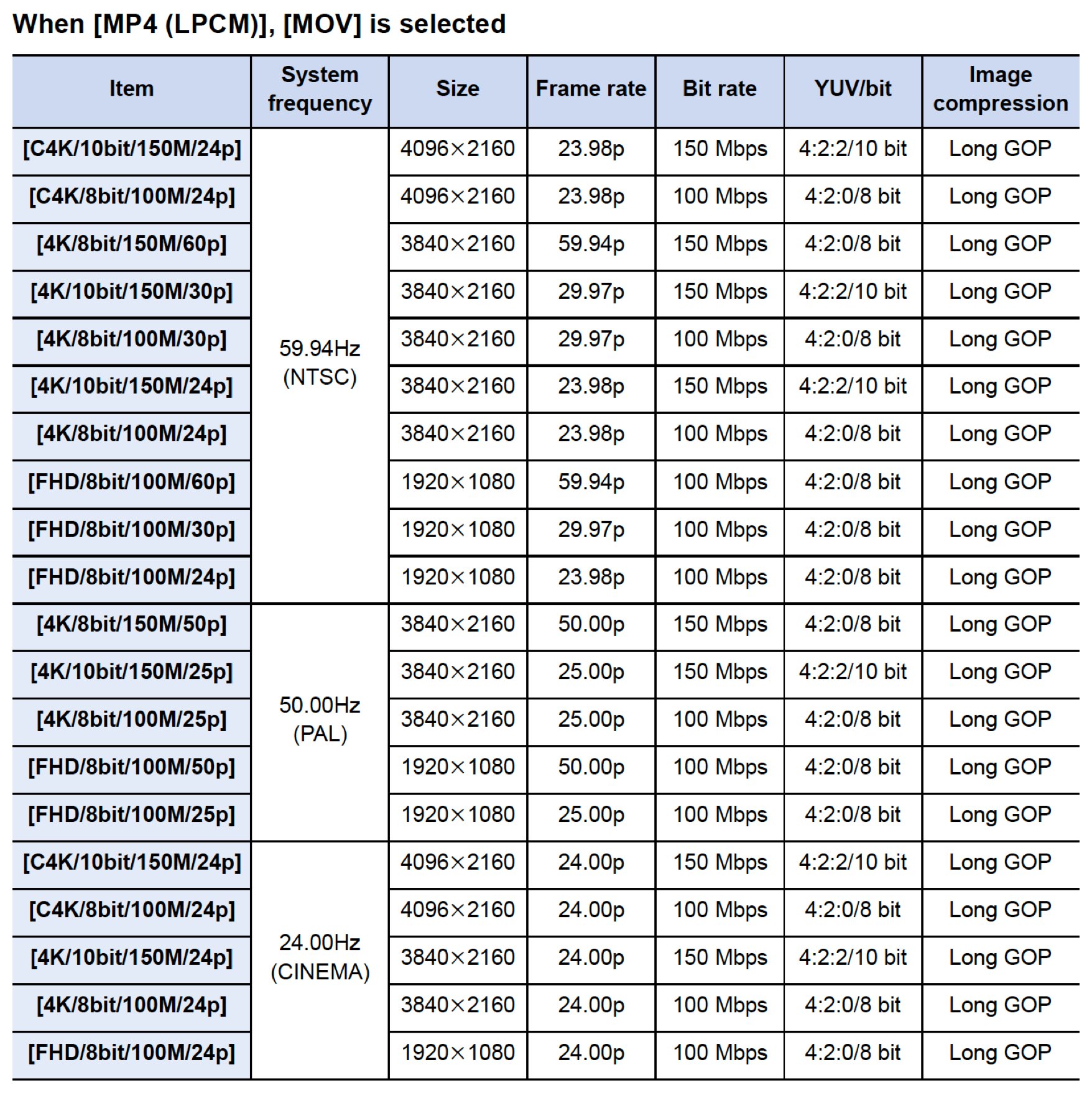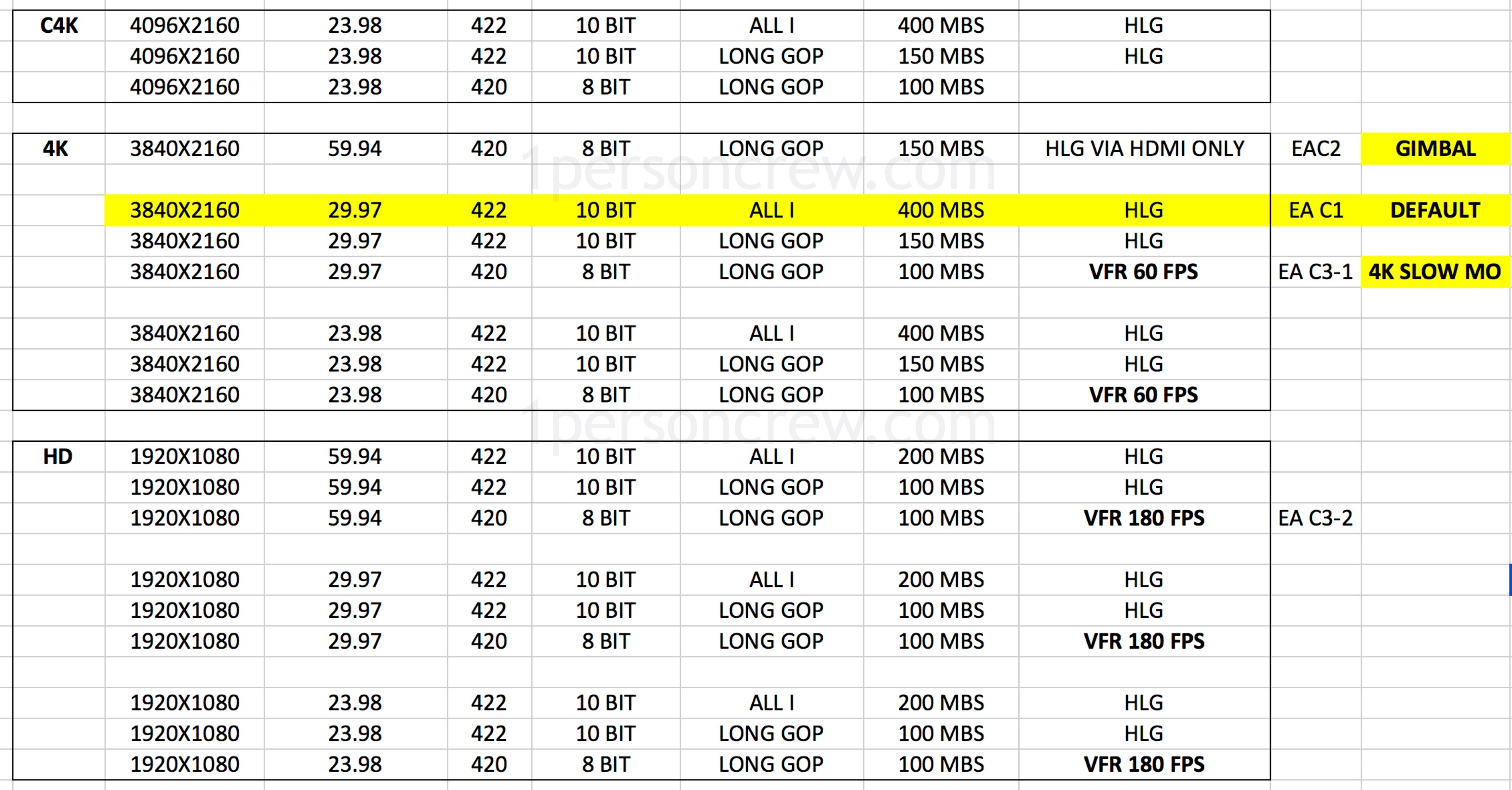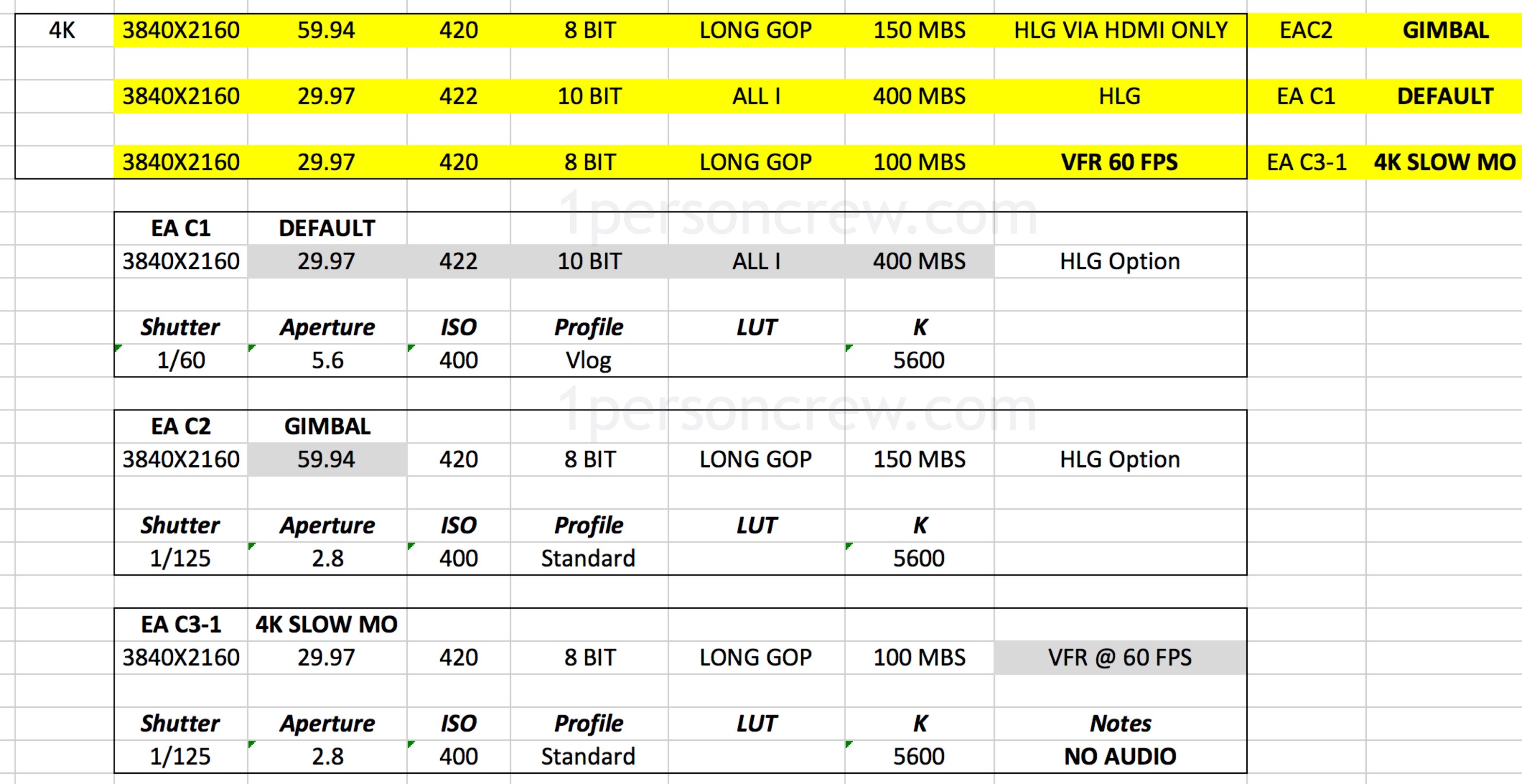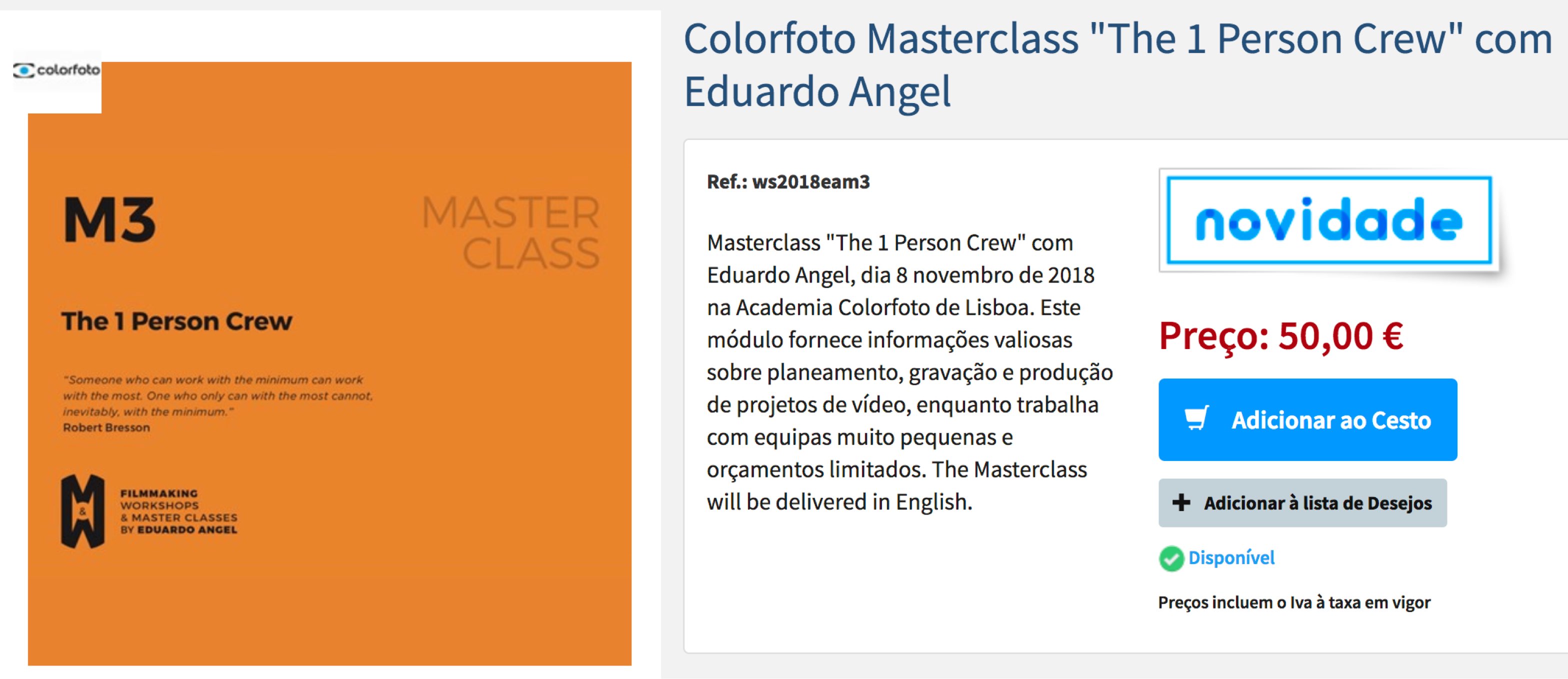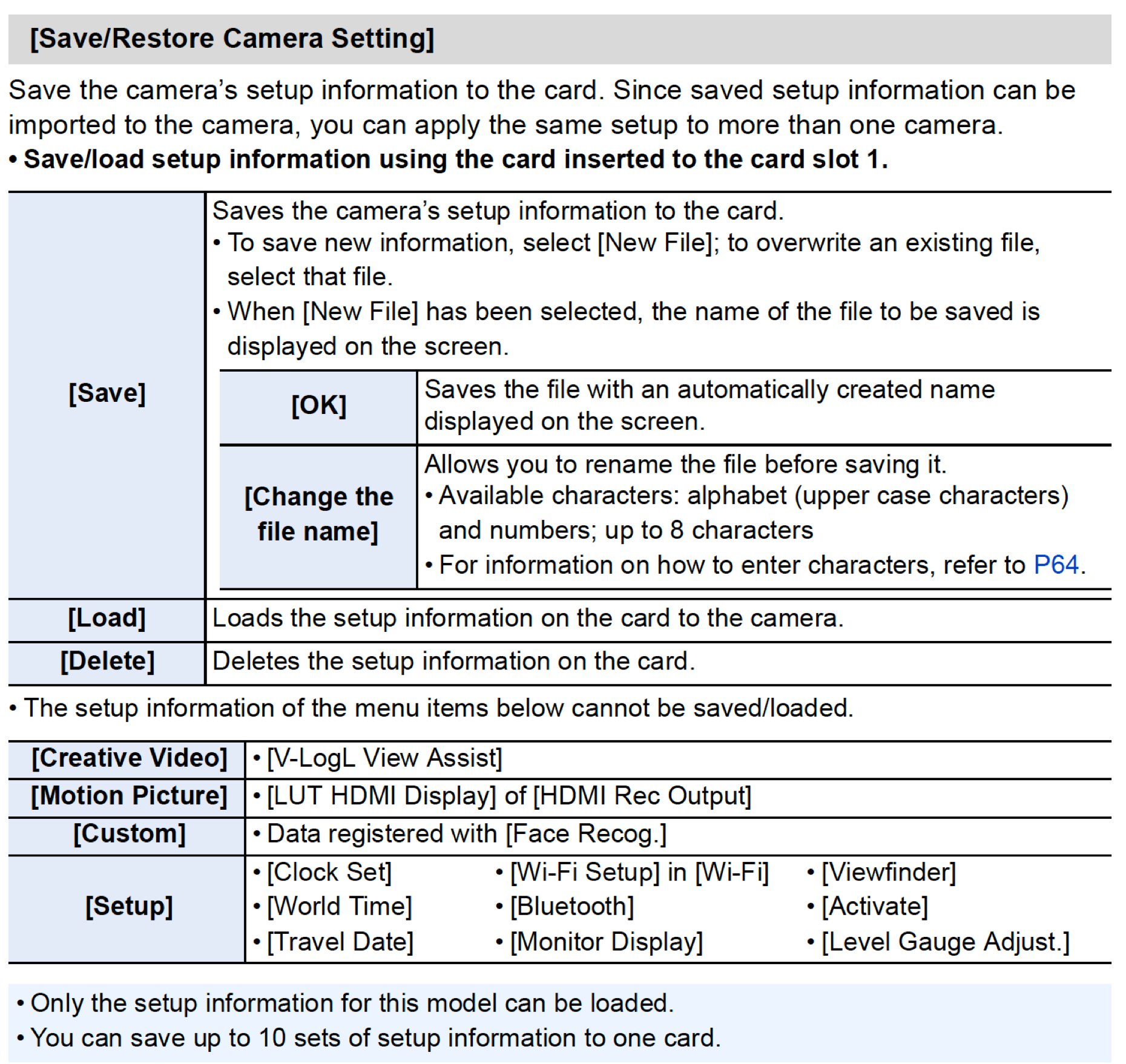In the 1950’s the ocean freighters were heading into bankruptcy. It was too expensive and slow to move cargo around the world by water. The merchandise waiting at the docks often got spoiled or stolen.
The shipping companies, did what they usually do to lower costs. They fired a lot of people, and focused on making the ships faster, bigger, and more fuel efficient. That worked for a while, but the costs kept increasing and the shipping times didn’t improve substantially.
A good idea.
Then, someone had a great idea: What if the cargo could pre-loaded, so when a ship arrived, it would take hours, not days to load and depart? Bingo! The shipping container was born.
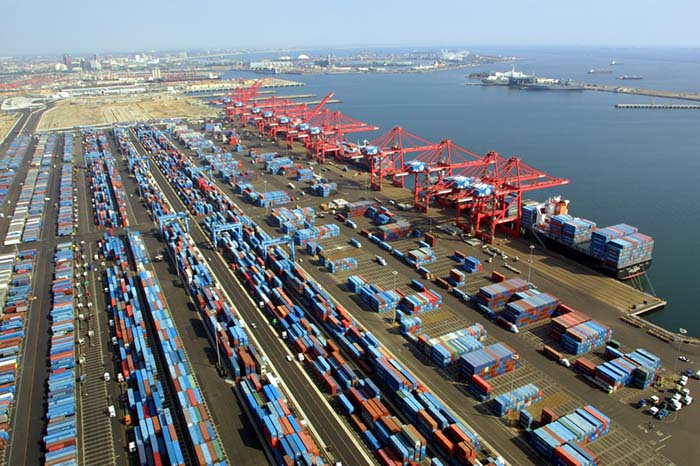
An even better idea.
A few years later, someone else had an even better idea; what if the shipping containers could have all the necessary parts to build a product, and the time from A to B could be utilized to assemble that product? Bingo again!
Today, all the necessary parts to build a car are loaded into a shipping container. The ship arrives, loads, and departs. While in transit, the cars are built. Three weeks later, when the ship arrives to its destination, complete cars get off to the dock and the empty containers are replaced with fully loaded ones. Brilliant.
Now, how can we possibly apply a similar approach to video productions?
I’ve spent a lot of time thinking about this challenge. The first step is to identify the most complex or time consuming processes, and then find ways to simplify them down to the least amount of gear and steps.
So buying a faster computer, a larger monitor or hiring a faster editor are just temporary solutions. What if we could blend some pre-production and productions steps? Even better, what if we could replace post-production all together?
This is a timely issue for me, as this week I am starting pre-production for a new online course for LinkedIn Learning.
The topic will the “1 Person Crew productions.” I’m used to travel and work alone, but for this course, for the bar has been raised. A lot. I need to find ways to do everything myself: shoot the story, capture behind the scenes footage, and produce valuable educational content, essentially at the same time. I’ll be producing short-form documentaries with real people in active locations, so I need to be respectful of their time. Not an easy challenge, but a very exciting one.
How am I going to pull this off?
I don’t know (yet).
My wife insists that a Vlog, could be a great way to document and share some of the ideas, tests, and challenges I’m dealing with in preparation to the 1 Person Crew online course.
I’m not so sure. I’m not young enough or thin enough to start vlogging. Even worse, I don’t have a mustache and I don’t wear tiny hats or striped shirts.
If (with an IF the size of a billboard) I go this route, I’d like to keep everything as RAW as possible, in other words, people would see my unmade bed, unshaven face, a crazy collection of cables, and a very unorthodox, but effective, workflow.
Why would I even consider doing this? I honestly believe that anyone interested or involved in run and gun scenarios (documentary, education, weddings, corporate, red carpet premieres, product launches, sporting events, music videos and even short films) will get something useful from my experiments (and public suffering). Let’s see. I might test the idea this week and see what happens.
Here’s an article, and a couple of related books, in case you want to know more. The “Minimalism” documentary is also worth watching because these people TRULY live with the bare essentials.
Sign up below to make sure you don’t miss upcoming posts and tutorials.
SOCIAL
YouTube: 1PersonCrew
Instagram: @1PersonCrew
